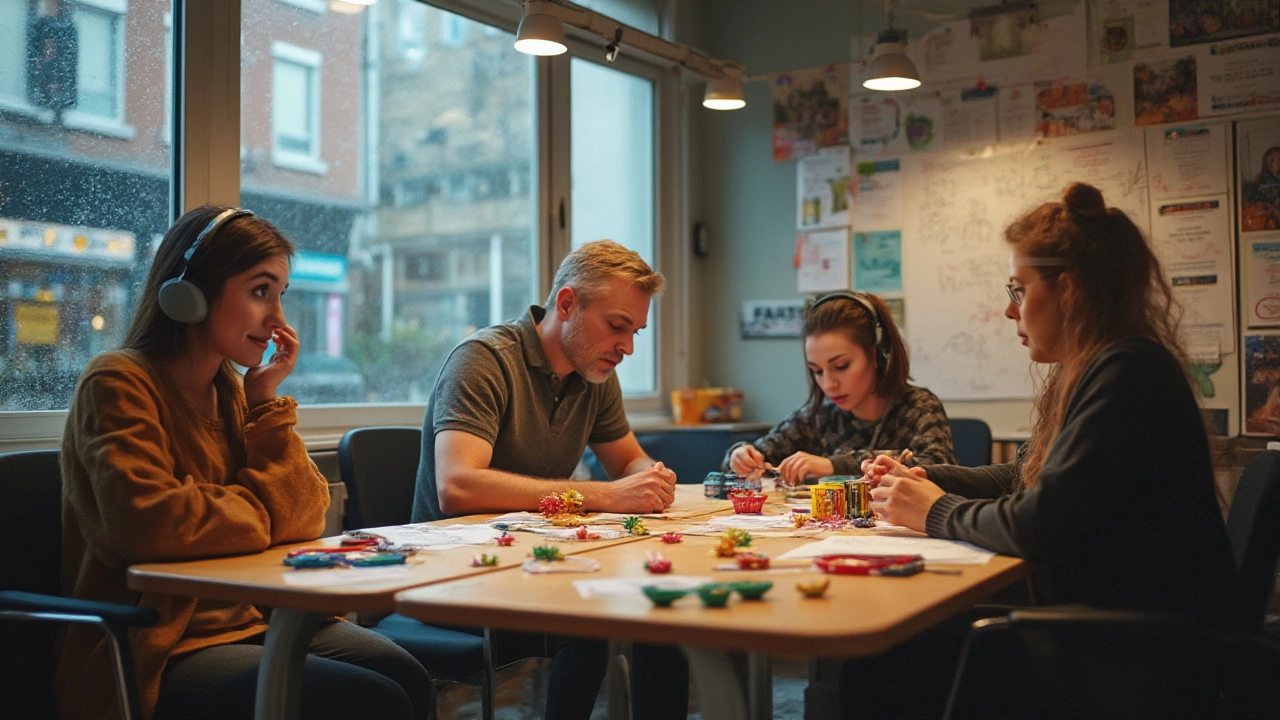Visual Learners: Simple Tips & Strategies to Boost Learning
If you remember things best by seeing pictures, charts, or color‑coded notes, you’re probably a visual learner. Instead of hearing a lecture and trying to store words, your brain lights up when information is presented in a visual format. The good news? You can shape your study routine to match how you learn, and it doesn’t have to be complicated.
Why Visual Learning Works
Visual learning taps into the brain’s natural ability to process images faster than text. When you see a diagram, your mind creates a mental picture that sticks longer than a spoken sentence. This is why teachers often draw on the board – they’re giving visual learners a shortcut to understanding.
Research shows that pairing words with images can boost recall by up to 65%. That’s because the brain stores visual and verbal information in separate pathways, and linking them creates two memory routes. So, when you study, think about adding a visual element to every topic.
Practical Strategies for Visual Learners
Below are simple, everyday actions you can use right now to make learning clearer and more fun.
1. Turn notes into pictures. Instead of long sentences, sketch quick icons, arrows, or mind maps. A doodle of a plant with labeled parts can replace a paragraph about photosynthesis.
2. Use color coding. Assign a color to each theme – history dates in blue, math formulas in red. Highlighting with consistent colors helps your brain locate information instantly.
3. Watch videos or animations. When a concept feels stuck, search for a short video. Seeing motion and hearing explanations together reinforces the idea.
4. Create flashcards with images. On one side, draw a picture; on the other, write the definition. This keeps the visual cue front‑and‑center during review.
5. Replace text with infographics. If a textbook paragraph is dense, sketch a quick chart or timeline. For example, map out a story’s plot points as a simple flowchart.
6. Use whiteboards or sticky notes. Write key ideas on large paper and rearrange them. Seeing the whole picture change as you move pieces can clarify relationships.
7. Keep a visual study journal. Dedicate a notebook to drawings, diagrams, and mind maps. Flip through it before a test for a fast visual refresher.
These tricks aren’t just for kids; adults studying for exams or professional certifications can benefit too. The key is to replace pure text with visual shortcuts wherever possible.
Also, remember to give your eyes a break. Staring at screens or dense images for too long can cause fatigue. Follow the 20‑20‑20 rule: every 20 minutes, look at something 20 feet away for 20 seconds. This simple habit keeps your visual processing sharp.
Finally, talk to your teachers or mentors about your learning style. Most educators are happy to provide extra visuals, slide decks, or annotated handouts when they know it helps you succeed.
By adding pictures, colors, and charts to your study routine, you turn abstract ideas into concrete images your brain can grab onto. Start with one of the techniques above today, and watch how much easier it becomes to remember and understand new material.
Adult Learning Styles Explained: Visual, Auditory & Kinesthetic Insights
Discover the three major adult learning styles—visual, auditory, and kinesthetic. Learn practical tips for recognizing, embracing, and adapting to your unique learning style.
